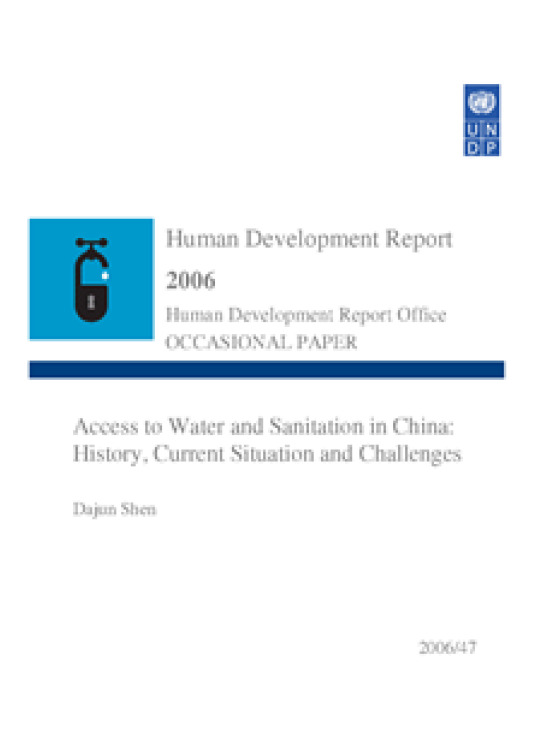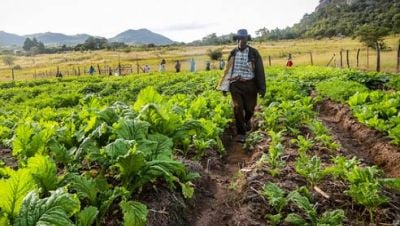Access to Water and Sanitation in China
History, Current Situation and Challenges

Download Report by Language
Document
shendajun.pdf
(166.96 KB)
Citation
Shen, Dajun. 2006. Access to Water and Sanitation in China: History, Current Situation and Challenges. New York.
Access to Water and Sanitation in China
History, Current Situation and Challenges
Posted on: January 01, 2006
Water is the source of life, and is critical to the life and health of the human being. Access to water and sanitation is the basic rights of the human being. China is the country with the most population in the world. It is statistical that at the end of 1999, the population in the mainland reached 1259 million, of which the population in contents of rural water supply (including towns) was 940 million. The population in the rural areas supplied by tap water was 370 million. The population in the rural areas supplied by the distributed water sources including the central water sources, hand wells, water pools and water cellars ect., was 520 million. Particularly in the western China, the tap water coverage in the rural areas was only 27%-43%1. According to the investigation of the health departments and assessment of UN agencies, there are about 34% rural population existed in unsafe drinking water supply, with about 320 million populations. In China, access to water and sanitation is considered as the preliminary task for the water resources development in the new century. 2002 Water Law (Article 54) defines that “the government at the various levels should implement positive methods to improve drinking water supply”. In the recent years, the Chinese governments at the different levels put more attention to water and sanitization, especially to the rural regions, by increasing investments and strengthening management. But the access to water and sanitation is still a critical issue for China in the new century, which threats the health of the people.

